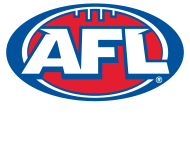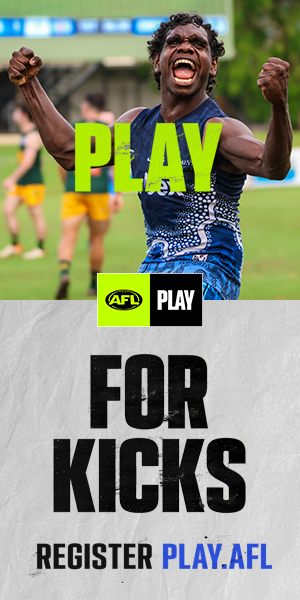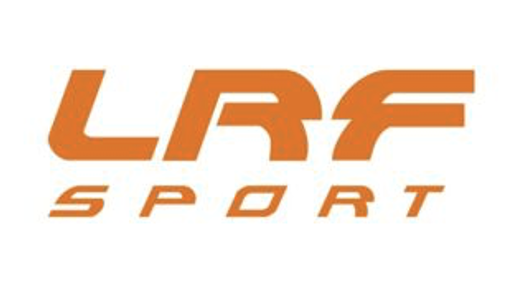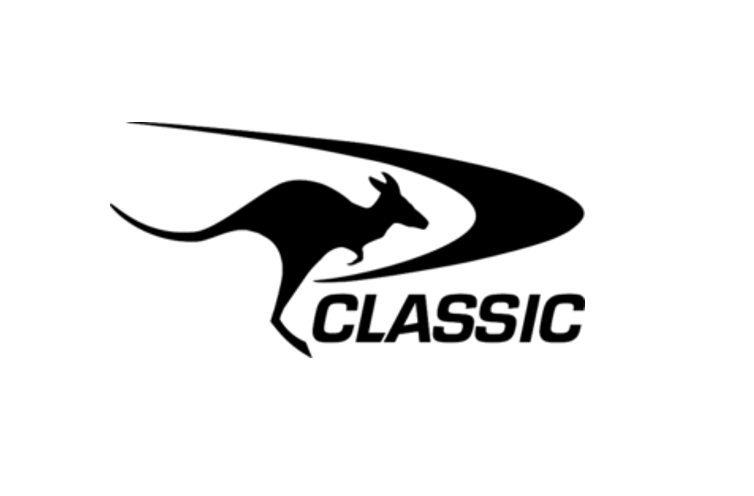Richard Griffiths could have been excused for thinking his football world had caved in when the proposed Melbourne-Hawthorn AFL merger and the birth of the would-be ‘Melbourne Hawks’ collapsed in September 1996. He was unceremoniously sacked as Melbourne Football Manager.
It was a hostile time, not even three months after the Brisbane-Fitzroy merger on 4 July 1996, and could have been merger number two if not for an angry rearguard mission tagged ‘Operation Payback’ at Hawthorn headed by 1976-78 premiership captain ruckman Don Scott and businessman Ian Dickie, who quickly took over as Hawthorn president.
The Melbourne members had voted narrowly in favor of the merger, but Hawthorn members voted against. It was done. When mining magnate Joseph Gutnick took over as Demons president in the days following the vote, Griffiths was out the door. Having started at the club in 1988 as a Development Officer and served as National Recruiting Manager and then Football Manager he was jobless. Within six months, senior coach Neil Balme and CEO Hassa Hann had gone the same way.
But his loss was Queensland football’s gain. Within six weeks he was sent north by the AFL to take over as General Manager of the new Queensland State Football League and the new Queensland Australian Football Council after the former Queensland Australian Football League had been split into two separate entities by head office. Griffiths, the 37-year-old former physical education teacher oversaw both.
Born and bred in Melbourne, Griffiths was a one-time Hawthorn Under 19s player who taught at Carey Grammar and Brighton Grammar and coached the Brighton Grammar First XVIII from 1982-88. A no-frills key position player, he’d played in the VFA with Coburg and Prahran and was assistant coach of Prahan’s 1987 premiership side, coached by Greg Hutchison, a former Melbourne player and later caretaker coach in 1997.
This was the club where Jim Stynes had played in 1986 after his first year at Melbourne in 1985 had prompted legendary Under 19s coach Ray “Slug” Jordan to tell the Demons hierarchy the Irish recruit was a long way off it. It led Griffiths to a story about the man who would go on and play 264 games for Melbourne, including a record 244 in a row, and win the 1991 Brownlow Medal.
He recalled how, less than 24 hours after Stynes had famously conceded a critical 15m penalty to effectively cost the Demons a place in the 1987 AFL grand final, he was back at Prahran supporting his former clubmates as they beat Waverley to win the VFA Division Two premiership.
It was a story that said much about the good in football, and that loyalty and care at grassroots football is always important. It was a huge part of the philosophy Griffiths would take with him to begin a wonderfully successful 15-year stint in charge of domestic football in Queensland.
There was much to learn and much to do when he arrived at the code’s Coorparoo headquarters in the bowels of the Gabba. By 1999, the AFL was firmly committed to the development of football in Queensland and New South Wales and took a considered and strategic approach to invest significantly in the northern market. After an exhaustive six-month review headed by sports entrepreneur John Brown, a one-time bidder for the original Brisbane Bears licence, the AFL committed $3 million annually to a new-look AFL Queensland, where Griffiths was to become CEO.
The timing was perfect as the Brisbane Lions became a 2001-02-03 premiership superpower under Leigh Matthews and Michael Voss. Participation numbers in Queensland exploded as Auskick, junior clubs and school-based programs took hold, and the League established a fully-endorsed independent schools competition by the mid-2000s. Interest in the code had never been greater.
Infrastructure was critical, he reasoned, and over the journey at AFLQ, oversaw the establishment of Tony Ireland Stadium, now Riverway Stadium, in Townsville, and Harrop Park Stadium in Mackay – both of which later hosted AFL football. Plus, there were quality new fields established at Fisherman’s Road, Maroochydore, and at Burpengary.
But the biggest development happened almost by accident in 2008, as Griffiths recalled. “One day I had a call from Bob Sharpless, who was heading up a huge development at Springfield, asking if AFLQ would consider relocating a State League club to help grow the game in that region. I had one look at it and said ‘you’re talking to the wrong person – you need to talk to the Brisbane Lions’.” So they did.
Although it took almost 10 years, this was the beginning of the most important development in Queensland football. The $80 million Lions training and administration headquarters that was opened with the 2022 AFLW grand final.
Along the way, AFLQ established their own new headquarters at Yeronga just prior to the Brisbane floods of 2010. It all happened after Griffiths sent a photograph of a dead possum found floating in the women’s staff toilets at Coorparoo.
After years of lobbying the powerbrokers and bean-counters at head office in Melbourne for funds to build a training and administration centre reflective of the game’s status in Queensland, this was the last straw. He secured $3 million from the AFL, and with additional support from State Government and Brisbane City Council, AFLQ built a $4 million facility, with two playing fields, that became the home of domestic football in Queensland.
Importantly, Griffiths ensured in 2000 AFLQ was the first state sporting body in Australia to appoint a full-time female development officer in Fiona McLarty. It was the start of a huge plan that saw the explosion of women’s football in the Sunshine State. In 2008 he oversaw a submission that secured funding from the Kevin Rudd Federal Government for the Northern Territory Thunder to join the AFLQ State League, thereby providing a much-improved talent pathway for the NT.
He was in charge at AFLQ through the period in 2009 when North Melbourne played three home games at Carrara in 2009 and looked set to become the Gold-Coast-based Northern Kangaroos. When that was scuttled by a split vote of the North Board of Directors, he was part of the GC17 task force, which eventually secured the AFL’s 17thlicence for the tourist strip – the Gold Coast SUNS.
It had been a long, hard 15 years, and in October 2010, Griffiths accepted a position as Chief Operating Officer of the AFL’s 18th club, the GWS Giants. After six years at the Giants, he was ‘cooked’, before later serving CEO of Football Queensland, Squash NSW and Richmond Race Club at the foot of the Blue Mountains in NSW, and now as General Manager – Business Development at Hockey NSW.
Despite his insistence that he was ‘just part of a great AFLQ team backed by the AFL’, if he allowed himself a moment of reflection the ever-affable ‘Griffo’ might think back to the time when he moved to Queensland with a strong brief from the AFL to galvanise and unite Queensland football, and to restore confidence in the game as all levels from Cairns to Coolangatta. He should be enormously proud.























































